E-bikes are becoming more popular as a sustainable, efficient, and fun mode of transportation. But what makes an e-bike different from a regular bicycle? It’s all about the components—each part plays a crucial role in delivering power, efficiency, and comfort.
In this guide, we’ll break down the essential parts and features of an e-bike and explain what they do.

1. The Battery – Power Source of the E-Bike
The battery is the heart of an e-bike, supplying power to the motor.
What It Does:
- Provides electric power to assist pedaling or power the motor.
- Determines the range (how far you can ride before recharging).
- Influences the weight and balance of the e-bike.
Types of E-Bike Batteries:
- Lithium-ion (Li-ion) Batteries – The most common, lightweight, long-lasting.
- Lead-Acid Batteries – Cheaper but heavier and less efficient.
- Nickel-Cadmium (NiCd) Batteries – Rarely used due to environmental concerns.
Battery Capacity: Measured in watt-hours (Wh)—higher Wh means a longer range. Most e-bikes have 250Wh to 1000Wh batteries.
2. The Motor – Provides the Boost
The motor is what gives an e-bike its power and speed.
What It Does:
- Assists pedaling or powers the bike on its own.
- Determines how much extra force you get when riding.
- Works with the battery to optimize energy efficiency.
Types of E-Bike Motors:
- Hub Motor (Front or Rear Wheel) – Common and affordable, located in the wheel hub.
- Mid-Drive Motor (Crankset Motor) – Located near the pedals, offering better balance and efficiency.
Motor Power: Measured in watts (W)—most e-bikes range from 250W to 750W (higher watts = more power).
3. Pedal Assist & Throttle - How You Control Power
E-bikes offer two primary ways to use electric power:
1. Pedal Assist (Pedelec Mode)
- The motor provides extra power only when you pedal.
- Has different assist levels (e.g., Eco, Normal, Turbo).
- Feels like natural biking but with an extra boost.
2. Throttle Mode
- Works like a motorcycle—twist or press a button to engage the motor.
- No pedaling required.
- More common in higher-powered e-bikes.
Which One Is Better?
- Pedal assist is better for exercise and longer rides.
- Throttle mode is easier but drains the battery faster.
4. The Controller – The Brain of the E-Bike
The controller connects the battery, motor, and sensors, managing how power is delivered.
What It Does:
- Regulates how much power the motor gets from the battery.
- Adjusts speed and assist levels.
- Helps optimize energy consumption for a longer battery life.
5. The Display Screen – Your E-Bike Dashboard
The display is your e-bike’s control center, providing real-time ride data.
What It Shows:
- Speedometer – Your current speed.
- Battery Level – How much charge is left.
- Odometer – Total distance traveled.
- Pedal Assist Mode – What level of assist is active.
6. Sensors - Optimizing Performance
E-bikes use sensors to adjust power delivery and improve safety.
Main Types of Sensors:
- Cadence Sensor – Detects pedaling motion and activates motor assistance.
- Torque Sensor – Measures how hard you pedal and adjusts motor power accordingly.
- Speed Sensor – Regulates motor output based on how fast you're riding.
Why They Matter:
- Torque sensors provide a more natural riding feel.
- Cadence sensors are simpler and cheaper but less responsive.
7. The Drivetrain – Pedals, Gears, and Chain
Even with a motor, e-bikes still use mechanical components for smooth riding.
Key Parts:
- Pedals & Crankset – Where you apply force to move the bike.
- Gears & Derailleur – Adjust resistance for different terrains.
- Chain or Belt Drive – Transfers power from pedals to wheels.
Traditional Chain vs. Belt Drive:
- Chain Drive – Common, affordable, but requires maintenance.
- Belt Drive – Quieter, longer-lasting, but more expensive.
8. The Braking System – Stopping Power
Since e-bikes are faster than regular bicycles, strong brakes are crucial.
Types of E-Bike Brakes:
- Mechanical Disc Brakes – Affordable but need regular adjustments.
- Hydraulic Disc Brakes – More powerful, smoother stopping, and low maintenance.
- Regenerative Braking (in some e-bikes) – Converts braking energy into battery charge.
Why Hydraulic Brakes Are Better for E-Bikes:
- They provide stronger stopping power, which is important for heavier e-bikes.
9. Wheels & Tires – Stability and Comfort
E-bike tires are usually thicker than regular bike tires for better grip and durability.
Types of E-Bike Tires:
- Road Tires – Smooth, lightweight, great for city riding.
- Hybrid Tires – Balance between speed and grip.
- Fat Tires – Extra-wide for off-road and all-weather riding.
Larger tires improve comfort and absorb shock, making long rides smoother.
10. Extra Features & Accessories
Many modern e-bikes come with additional convenience and safety features:
- Integrated Lights – LED headlights and taillights for visibility.
- Smart Locks – GPS-enabled anti-theft locks.
- Fenders & Racks – Useful for commuters and cargo e-bikes.
- Suspension System – Absorbs shocks for smoother rides.
- Bluetooth & App Connectivity – Tracks rides and controls settings via smartphone.
Example: Some e-bikes can be locked or unlocked using a smartphone app!
Final Thoughts: Understanding Your E-Bike
An e-bike is more than just a bicycle with a motor—it’s a high-tech, efficient, and powerful mode of transport. Knowing how each part works helps you choose the right e-bike and maintain it properly.
Quick Recap:
Battery – Powers the motor and determines range.
Motor – Provides electric assistance for easier riding.
Controller – Manages power flow and performance.
Display – Shows speed, battery life, and assist levels.
Sensors – Detect pedaling and adjust motor power.
Drivetrain – Pedals, gears, and chains for movement.
Brakes – Essential for safety, especially at high speeds.
Tires – Affect grip, comfort, and riding efficiency.
Extras – Lights, locks, and smart features for convenience.

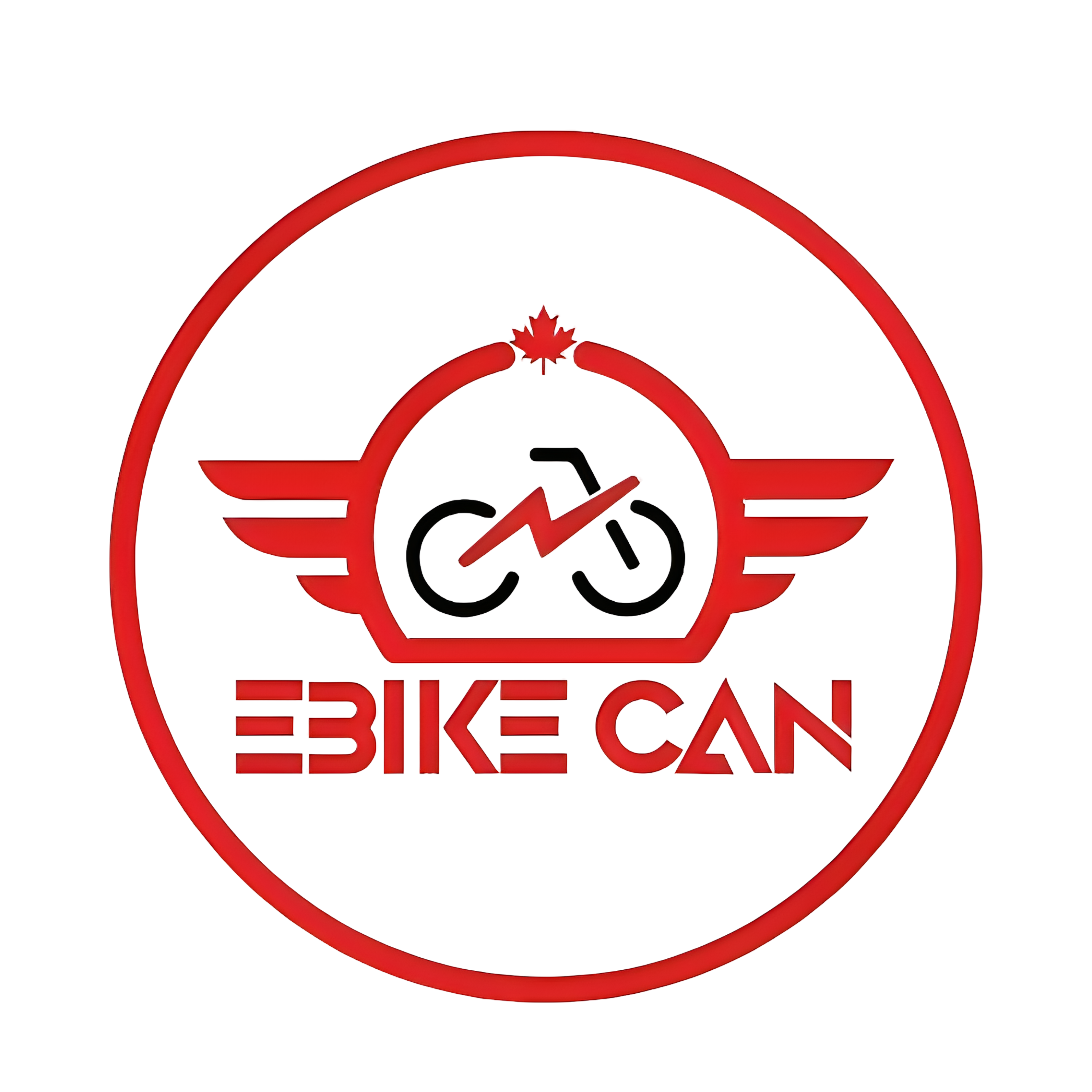

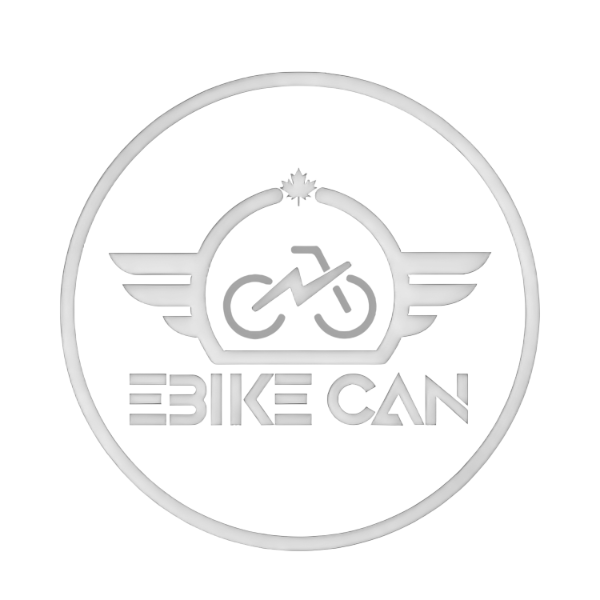
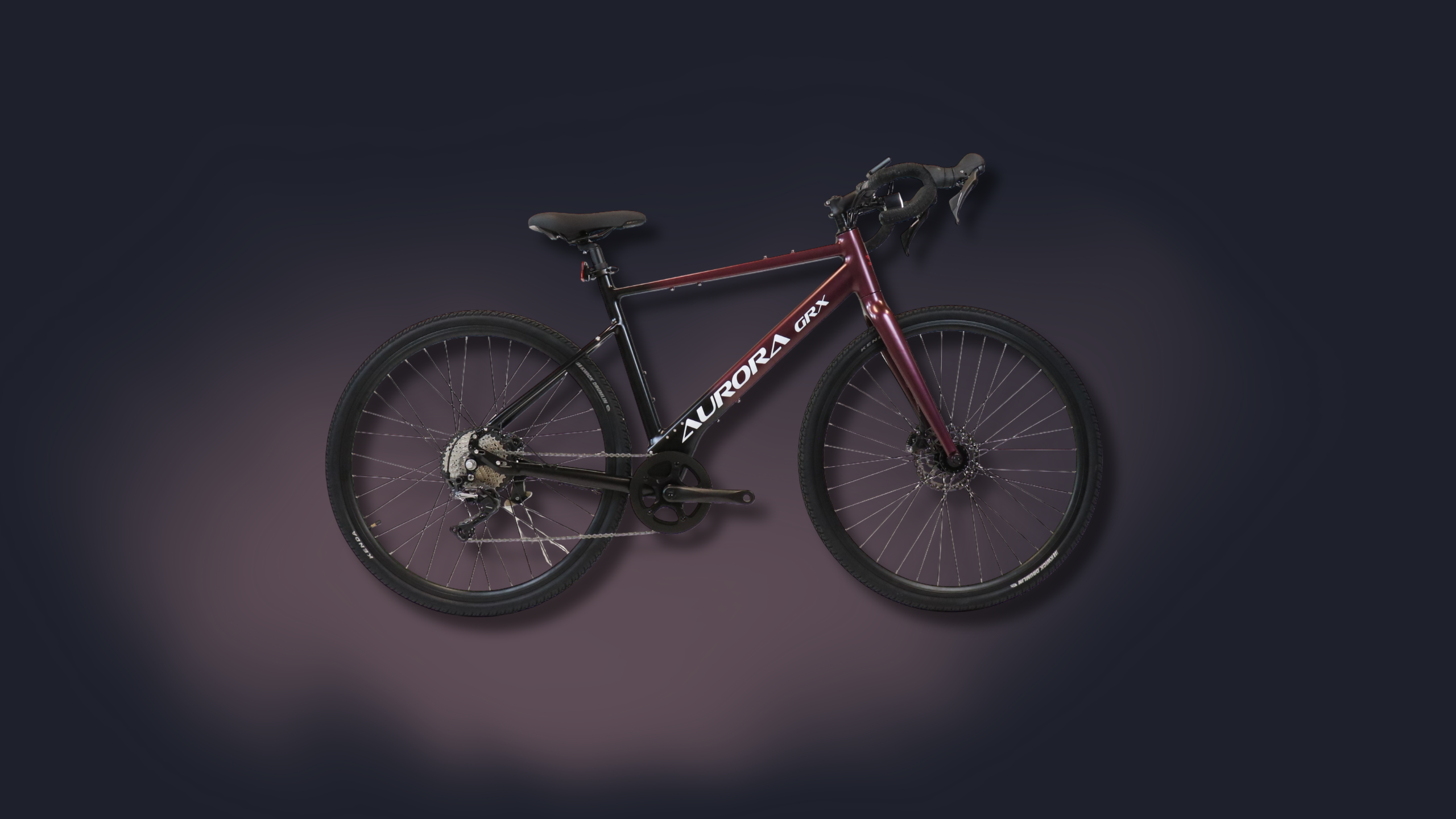
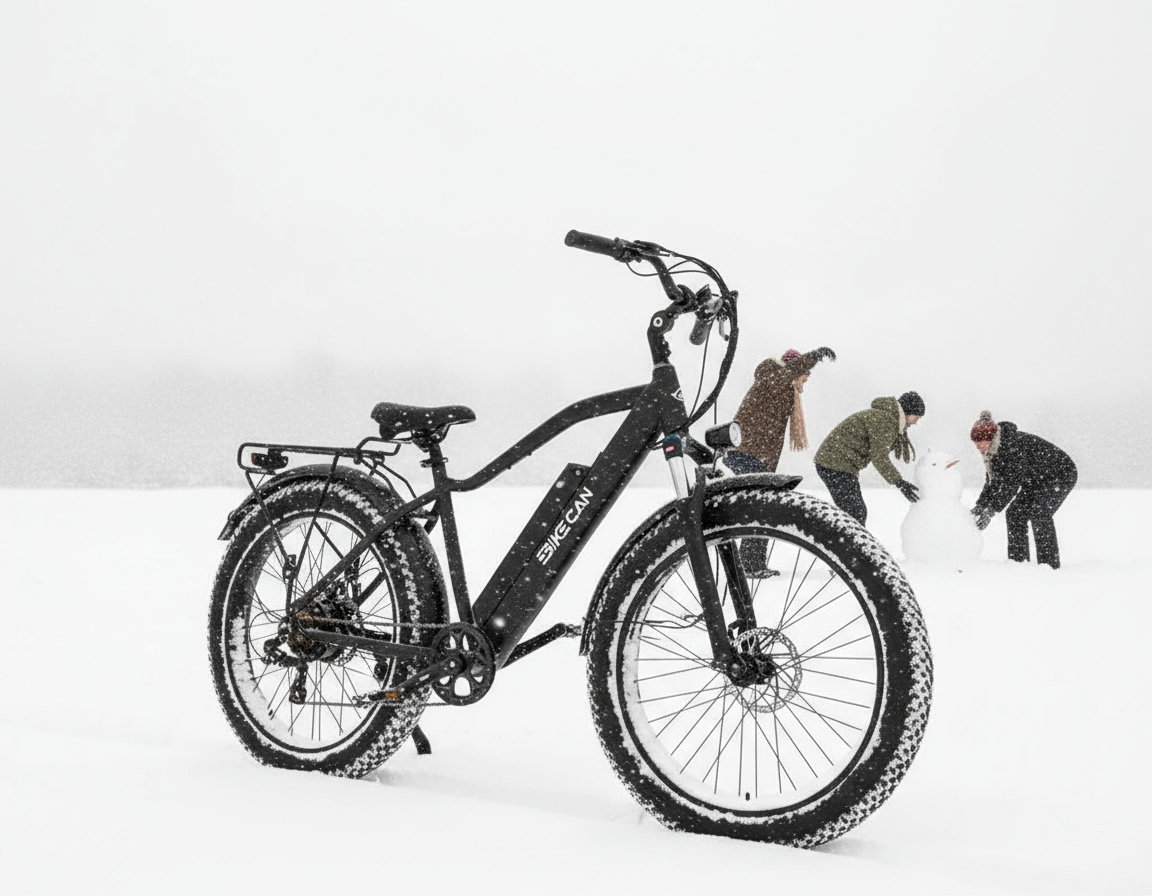
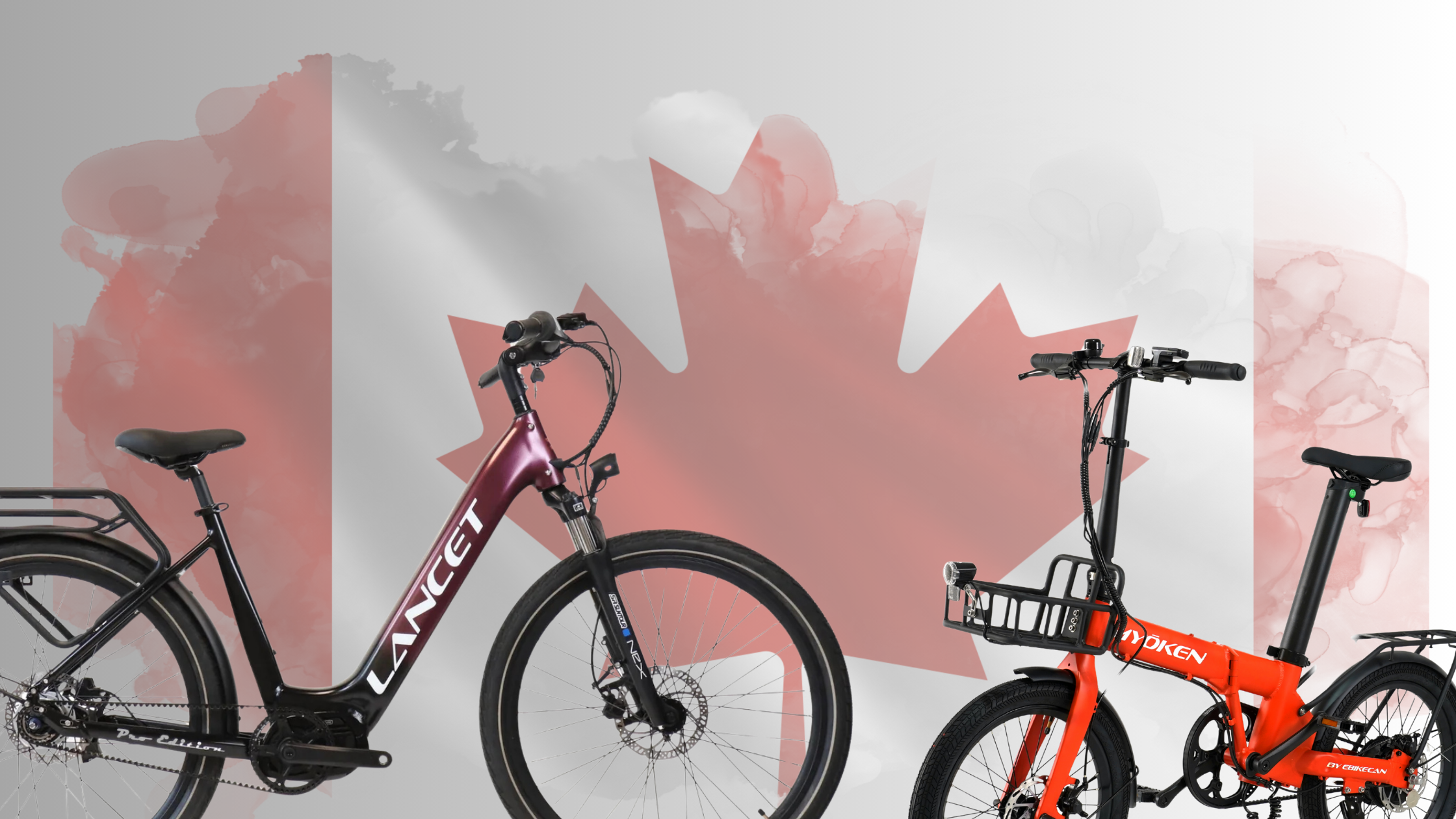
Share:
E-Bike Commuting: The Superior Alternative to Cars and Regular Bikes
Love at First Ride! 🚴🏻♀️